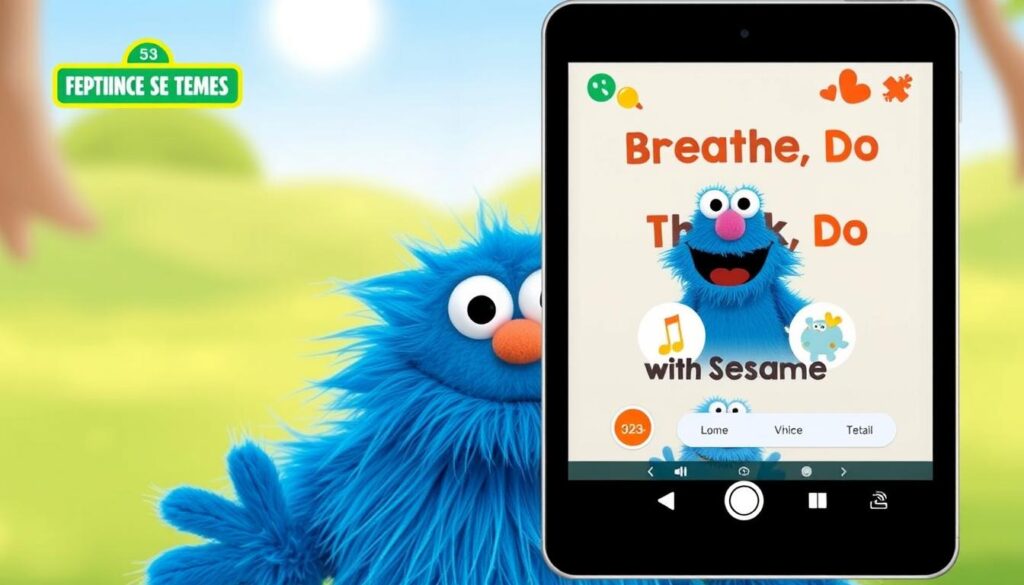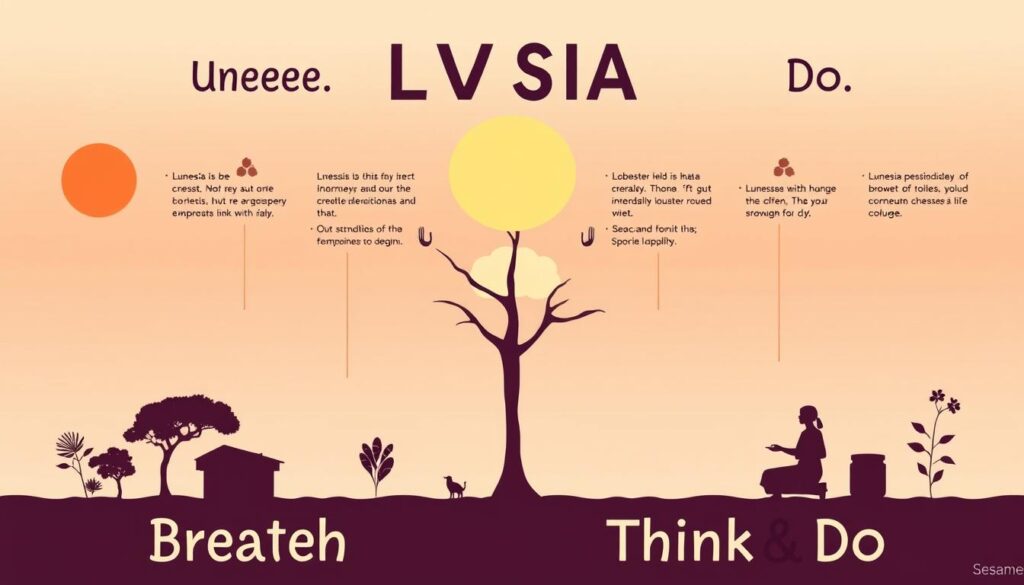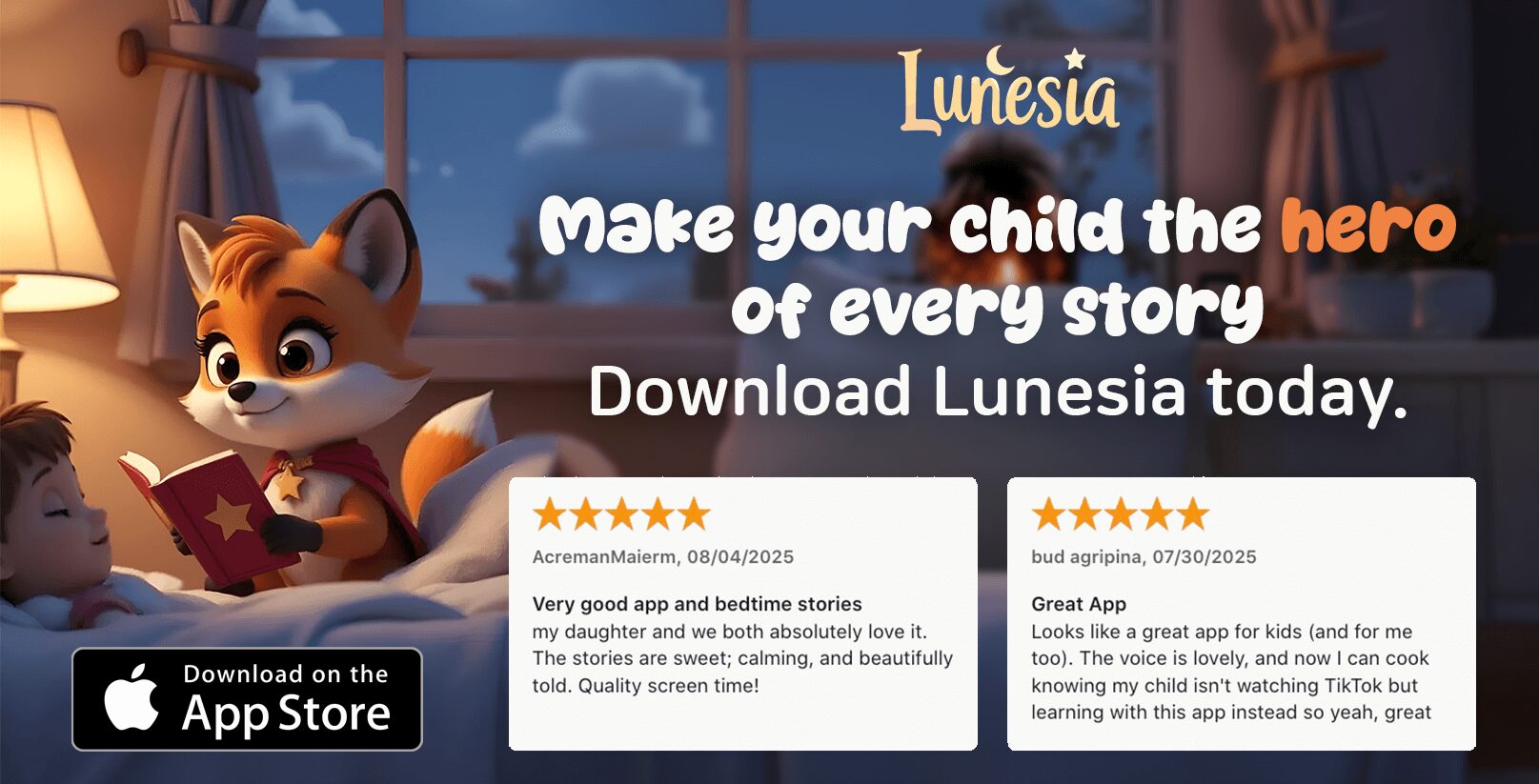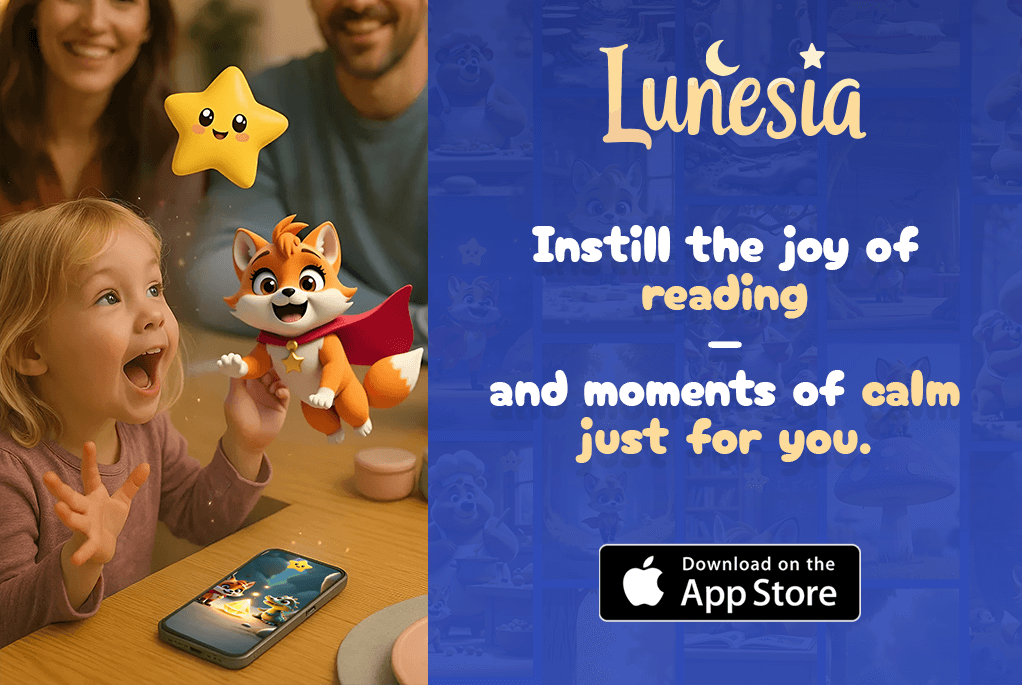As a mom and educator, I’ve seen firsthand how the right digital tools can make a huge difference in helping kids develop crucial social-emotional skills. In today’s digital age, apps have become valuable resources for families looking to help their little ones navigate big feelings and everyday challenges.
In this comprehensive review, I’ll compare two popular SEL tools: Lunesia and Breathe, Think, Do with Sesame. I’ll examine their approaches to teaching emotional regulation, problem-solving, and resilience through interactive play, and share my personal experiences using these apps with children.
By the end of this article, you’ll understand the key differences between these two popular SEL apps and have the information you need to choose the right digital companion for your child’s emotional development journey in education.
Understanding SEL Tools for Children
As a parent or educator, you’re likely aware of the importance of Social Emotional Learning (SEL) in kids’ development. SEL is crucial for helping children develop essential life skills. So, what exactly is SEL, and how can it benefit our children?
What is Social Emotional Learning (SEL)?
SEL is the process through which children develop self-awareness, self-management, social awareness, relationship skills, and responsible decision-making. It’s the foundation for how children understand and manage their emotions. For more information on SEL tools, you can explore resources designed for parents and educators.
The Importance of Interactive Play in SEL Development
Interactive play is a natural vehicle for SEL development, allowing children to practice emotional regulation and problem-solving in engaging environments. Digital tools like Lunesia and Breathe, Think, Do with Sesame complement traditional teaching methods, offering guidance that parents and educators can rely on.
Digital Tools as Support for Parents and Educators
These tools are designed with input from child development experts and educational psychologists, incorporating research-backed strategies to help kids identify feelings and build resilience. Quality SEL resources provide structured opportunities to discuss feelings and develop problem-solving skills through engaging characters and relatable scenarios.
Breathe, Think, Do with Sesame: A Closer Look

Developed by the Sesame Workshop, the Breathe, Think, Do with Sesame app guides children through a simple, yet powerful, three-step process to manage their emotions.
Overview and Core Features
The Breathe, Think, Do with Sesame app is designed to help children manage everyday challenges by teaching them a valuable problem-solving strategy. The app features a friendly blue monster who encounters common childhood frustrations, guiding kids through a three-step process to manage frustration and solve problems effectively.
The “Breathe, Think, Do” Strategy
The core of this app is the “Breathe, Think, Do” strategy, where children first help the monster take deep breaths by tapping bubbles on the screen, then think of possible solutions, and finally implement the chosen plan.
Interactive Activities and Challenges
The app includes five interactive activities with unique everyday challenges, such as sharing toys or dealing with frustration when building blocks fall. Children can help the monster friend by personalizing encouraging phrases and creating plans to overcome obstacles.
Bilingual Support (English and Spanish)
One standout feature is the app’s bilingual support, making it accessible to more families and supporting language development alongside emotional skills.
Pros of Breathe, Think, Do with Sesame
The app effectively teaches de-escalation techniques, mindful practices, and solution-oriented approaches in a child-friendly format. It boasts research-backed methodology, the trusted Sesame Street brand, and simple navigation perfect for young children.
Cons and Limitations
Some limitations include having only five scenario activities and occasional technical issues like crashing on some devices. A heavy reliance on “ask an adult for help” as a solution is also noted.
Age Appropriateness and Educational Value
The app is specifically designed for children ages 2-5, with simple interfaces and age-appropriate challenges. The educational value extends beyond the screen as children internalize the breathing techniques and problem-solving approach.
Lunesia vs Breathe Think Do Sesame: Comparative Analysis

In the realm of social-emotional learning (SEL) apps, Lunesia and Breathe, Think, Do with Sesame offer distinct approaches to helping kids develop crucial life skills. As a parent, choosing the right tool can be daunting, but a detailed comparison can illuminate the strengths and weaknesses of each app.
Feature Comparison
The user interface is a critical aspect of any children’s app. Breathe, Think, Do with Sesame features a friendly blue monster character with simple animations, designed for children aged 2-5. In contrast, Lunesia offers a different aesthetic that may appeal to a broader age range.
User Interface and Engagement
The engagement strategies employed by both apps differ significantly. While Breathe, Think, Do uses a three-step problem-solving strategy with its monster friend, Lunesia employs a unique methodology that may offer more flexibility in addressing various child development needs.
Problem-Solving Approaches
Deep breathing exercises are a common feature, helping children calm down and think clearly. Breathe, Think, Do focuses on a specific strategy: breathe, think, and do. Lunesia, on the other hand, uses its own approach to teach children how to tackle problems effectively.
Customization Options
Customization is key to meeting individual child needs. Breathe, Think, Do allows parents to record personalized encouraging phrases, while Lunesia offers different customization features that can be tailored to a child’s specific requirements.
Educational Methodology Differences
Breathe, Think, Do with Sesame is grounded in Sesame Workshop’s research-based approach to early childhood education, focusing on simple strategies for young kids. Lunesia, while also educational, takes a different approach to teaching social-emotional skills.
Privacy and Data Handling
Privacy is a paramount concern for parents. The developer of Breathe, Think, Do with Sesame indicates that while some data may be collected, it is not linked to a child’s identity. However, privacy practices may vary based on the features used.
Parent and Educator Resources
Both apps offer resources for parents and educators, but they differ in depth and approach. Breathe, Think, Do includes a robust Parent Section with guidance on navigating everyday challenges, while Lunesia provides its own unique support materials.
Price and Accessibility
When considering an SEL app, price and accessibility are crucial factors. While the initial cost is important, the ongoing value and whether the app continues to engage your child over time are equally significant.
Conclusion: Choosing the Right SEL Tool for Your Child
When it comes to teaching children emotional regulation, the right app can make all the difference. As you’ve seen, both Lunesia and Breathe, Think, Do with Sesame offer unique approaches to Social-Emotional Learning (SEL). To make an informed decision, consider your child’s specific needs, such as age and language requirements. For instance, Breathe, Think, Do with Sesame is suitable for younger children and offers bilingual support. Be sure to review the privacy policies of both apps to ensure they align with your family’s values. Ultimately, the best SEL tool is one that your child enjoys using and that supports their emotional development. By choosing the right app, you’re taking a significant step in supporting your child’s emotional education and well-being.
FAQ
What is the main purpose of using apps like Breathe, Think, Do with Sesame for children?
The primary goal is to help kids develop essential skills like problem-solving, resilience, and deep breathing techniques to manage everyday challenges.
How do these apps support Social-Emotional Learning (SEL) in children?
They use interactive play and engaging activities to teach children important life skills, such as recognizing and managing emotions, developing self-awareness, and building healthy relationships.
Are these apps suitable for children of all ages?
While the apps are designed for kids, the age appropriateness may vary. Breathe, Think, Do with Sesame is generally suitable for children aged 2-8 years, but it’s essential to review the app’s content and features to ensure they align with your child’s needs.
How do these apps ensure child data privacy and security?
Reputable apps like Breathe, Think, Do with Sesame, developed by Sesame Workshop, adhere to strict data protection policies and comply with regulations like COPPA to safeguard children’s personal data.
Can these apps be used by educators in a classroom setting?
Yes, many of these apps are designed to be used in both home and educational environments, providing teachers with valuable tools to support SEL development in their students.
What kind of resources are available for parents and educators to support their child’s SEL development?
Many apps offer additional resources, such as activity plans, tips, and strategies, to help parents and educators reinforce the skills learned through the app, promoting a more comprehensive SEL experience.




